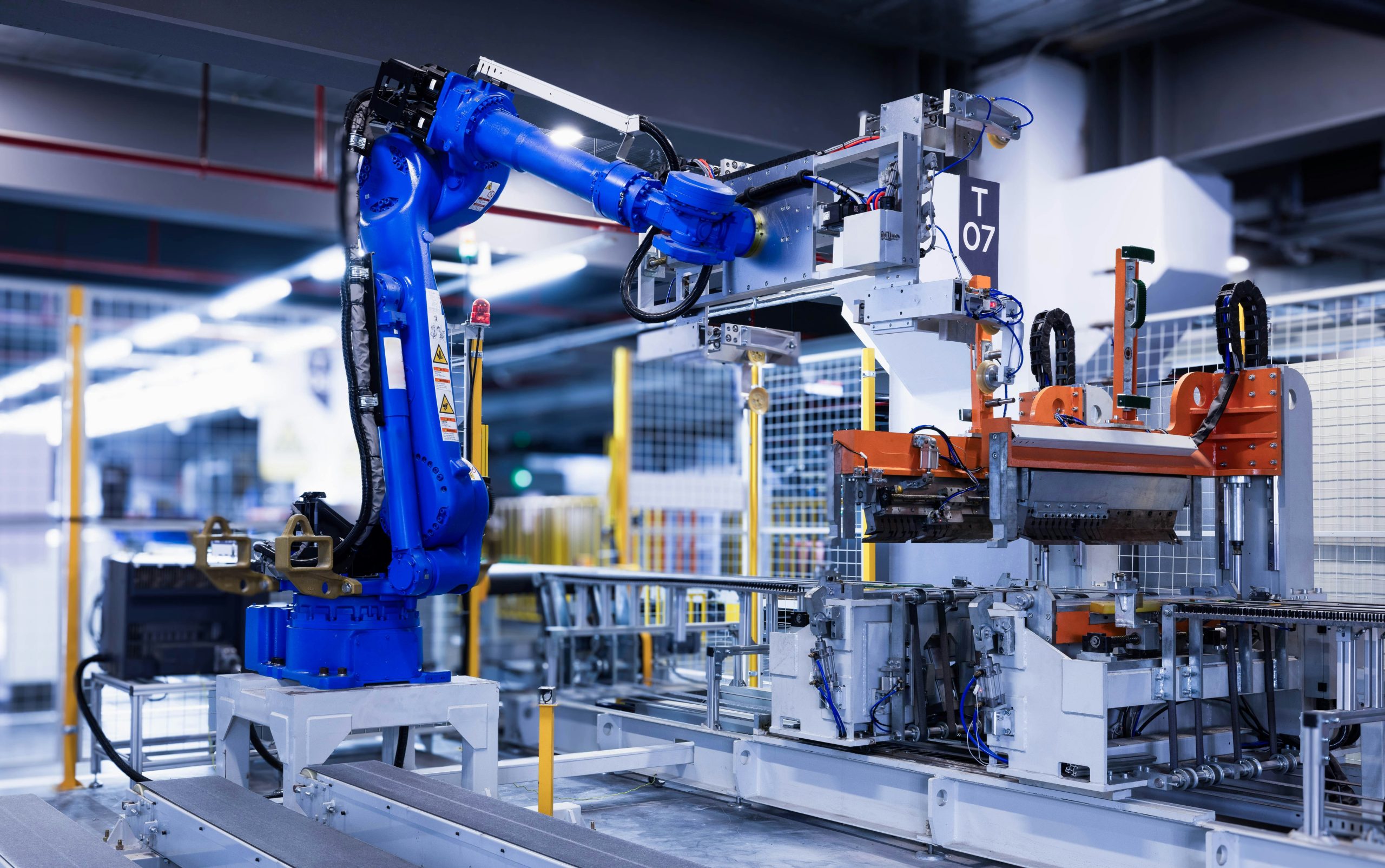In Brief:
- Adoption of cloud computing is becoming more and more necessary, especially for Global Capability Centers (GCCs).
- Cloud computing in the GCC is not a choice; it’s a strategic imperative to remain competitive and future-proof.
- Leaders are unleashing agility, cost-effectiveness, and scalability through cloud-native architectures.
- GCCs that do not prioritize the cloud run the risk of falling behind as innovation accelerates.
Why is a Cloud-Native Strategy critical in 2025?
Cloud computing in GCC setups is the key to staying competitive and globally aligned in 2025. As companies expand and digital transformation becomes a top priority in the boardroom, GCCs will need to transform from traditional IT support-centric setups into quick-thinking, flexible innovation engines. Cloud-native helps GCCs scale faster, automate smarter, and deliver real-time insights that drive global decisions.
With increasing competition, companies that are still using outdated systems are already facing increased costs and reduced innovation. That’s why becoming cloud-native is an imperative to drive digital growth.
Key Benefits Driving Cloud Adoption in GCCs
GCCs are embracing cloud computing in gcc to not only improve their technology but also to reap strategic business benefits:
- Rapidity and Agility: Cloud computing environments enable faster time-to-market for new features or products, as well as faster deployments and development cycles.
- Scalability and Flexibility: GCCs can scale resources up or down according to business requirements without having to think about initial investments.
- Cost Optimization: Flexible pricing and better visibility into resources help reduce costs and boost efficiency.
- Innovation Enablement: Cloud-native architectures make it easy for GCCs to integrate AI, machine learning, analytics, and automation.
- Business Continuity and Resilience: Built-in disaster recovery, location-based backups, and failover features keep operations running smoothly.
These advantages evidently show how cloud computing in GCC setups is repositioning them as value-generating centers aligned with top business objectives.
Real-World Cases of High-Performing GCCs
Some visionary GCCs have already adopted cloud computing and are already gaining immediate benefits:
- Unilever: Their Bangalore-based GCC switched to a fully cloud-based data platform, drastically improving real-time supply chain visibility and decision-making accuracy.
- HSBC: The bank’s global service centers use cloud to drive robotic process automation (RPA), reducing processing time for trade finance operations by over 40%.
- Siemens: Its cloud computing in gcc in India leverages cloud-hosted digital twins to simulate and optimize industrial operations, resulting in reduced downtime and better product design feedback loops.
These examples demonstrate that cloud computing in GCC environments benefits directly from fundamental enterprise transformation objectives.
Cloud Trends Transforming GCCs
GCCs are leading the way in shaping how global enterprises use technology. Some key trends driving this change include:
- Hybrid and Multi-Cloud Adoption: cloud computing in gcc are moving toward hybrid arrangements to optimize performance, compliance, and cost.
- Edge Computing Integration: Cloud and edge computing are working together to process data close to its source, reducing delay and improving real-time responses.
- AI-Driven Cloud Optimization: AI and advanced analytics assist GCCs in optimizing workloads, forecasting costs, and enhancing cloud ROI.
- Industry-Specific Cloud Platforms: GCCs in pharma, manufacturing, and finance are adopting tailored cloud platforms with built-in regulatory compliance and industry-ready process frameworks.
These trends make it clear that cloud computing in GCC organizations is shifting from IT efficiency to business value creation.
What High-Performing GCCs Do Right?
High-performing cloud computing in gcc have a consistent cloud transformation approach. Here’s what they do differently:
- Cloud-First Mandate: They have a clear executive-backed objective to promote the development and adoption of cloud-native technologies.
- Cross-Functional Collaboration: They break down silos by bringing IT, operations, and business teams together to work as one team and create value
- Rapid Prototyping & Pilots: Top GCCs embrace flexible frameworks, going for quick pilots to test business value before scaling up.
- Continuous Learning Culture: Upskilling existing teams and developing cloud literacy in the organization are top priorities.
This approach turns cloud computing into a core part of how GCCs operate and grow.
How Do GCCs Stay Cost-Efficient While Scaling?
As GCCs grow, controlling cloud expense becomes essential. Cloud governance lays the foundation first, defining strict controls over resource use and access. FinOps is second, providing financial visibility and accountability, so teams can track and manage their expenses. By combining both, top-performing GCCs optimize expense and align cloud spend with business objectives, and achieve flexibility. By doing this effectively, they remain agile and keep their cloud spend predictable and efficient, creating value in the long term.
How Do GCCs Provide Strong Security and Compliance in the Cloud?
For GCCs, cloud security and compliance are critical to scaling globally. Here’s how they do it:
- Zero Trust Architecture: Through identity-first security, GCCs manage access on the basis of real-time context, minimizing security threats.
- Data Residency & Compliance: Additionally, GCCs adhere to country-specific laws such as India’s DPDP Act, keeping data within necessary borders.
- Automated Monitoring: Moreover, AI-based solutions constantly monitor for threats and policy breaches, enabling real-time response to any risks.
By integrating these strategies, GCCs not only reduce risks but also fuel innovation and operational effectiveness.
How Do GCCs Drive Cultural Change for Cloud Success?
Cloud-native transformation is not just about technology; it’s about changing the way people work. For cloud computing in GCC operations to be successful, high-performing organizations focus on Organizational Change Management (OCM). Top leadership sets the direction by clearly defining the reason and sense of urgency for change. Internal change agents assist teams in adapting and feeling comfortable with new processes.
Ongoing feedback ensures seamless communication, minimizes resistance, and accelerates adoption. This strategy bridges technology with culture, enabling AI and automation to provide enduring value.
Final Thoughts
Cloud-native transformation has gone from a tech upgrade to a strategic imperative for GCCs in 2025. Whether it’s enhancing agility, empowering AI, increasing resilience, or accelerating innovation, cloud computing in GCC is the engine for change fueling upcoming enterprise growth.
At ProcesIQ, we know this journey well. As an advanced GCC, we assist businesses in enhancing their in-house systems with AI, automation, cloud-native tools, and contemporary digital workflows. Our methods enable organizations to redesign microprocesses, improve operating efficiency, and grow innovation at scale.










